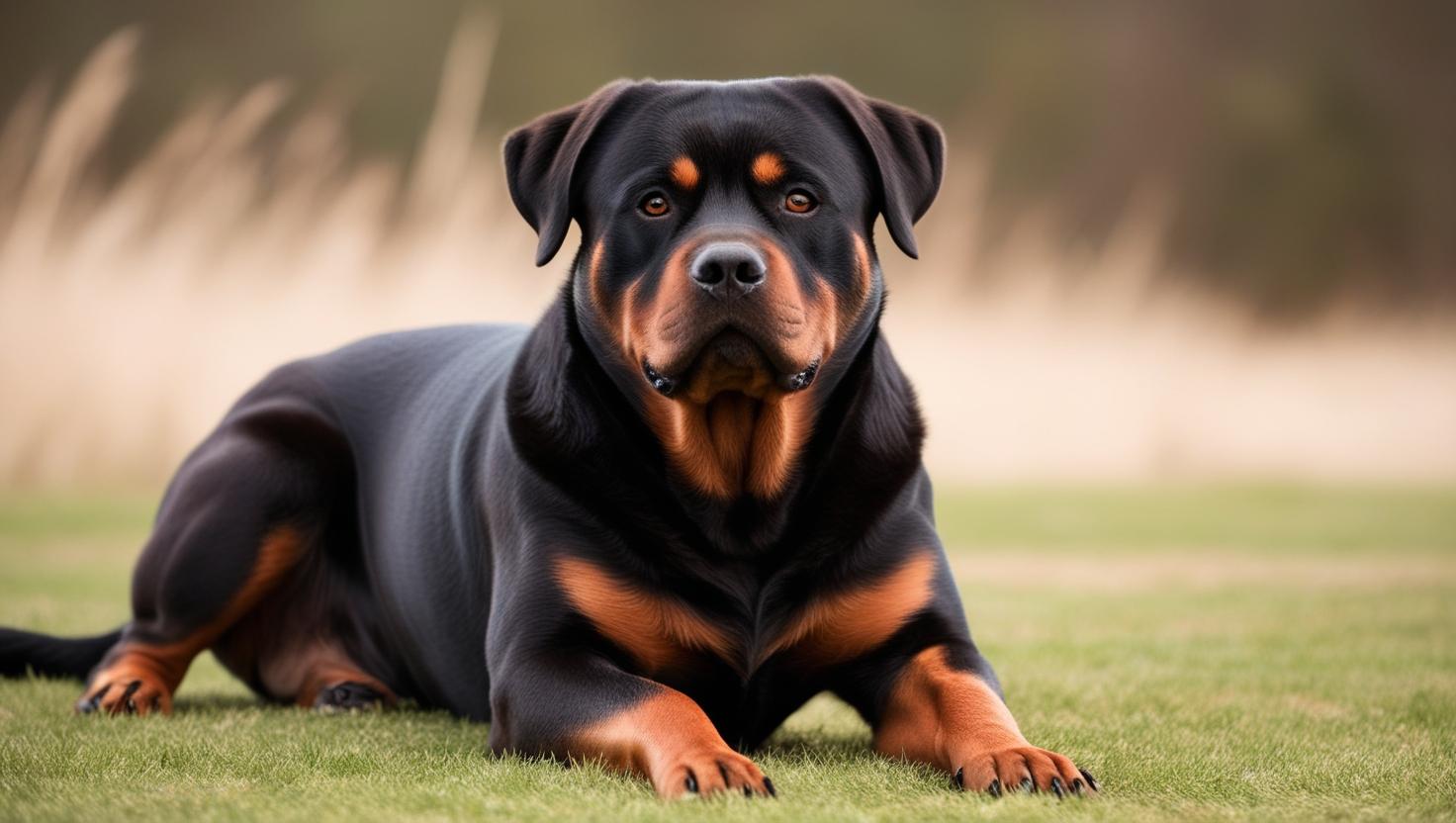Dogs are often called man’s best friend, but some breeds have earned a reputation for being dangerous due to their size, strength, and temperament. While any dog can be aggressive without proper training or care, certain breeds are more prone to territorial and protective behaviors.
This article explores the top 10 most dangerous dog breeds, detailing their characteristics, potential risks, and care tips for responsible ownership. We’ll also address frequently asked questions to give a well-rounded understanding of these breeds.
1. Pit Bull Terrier
Pit Bulls often top the list of 10 most dangerous dog breeds due to their powerful build, high energy, and strong bite force. Originally bred for bull-baiting and later dog fighting, they can exhibit aggression if improperly trained.
- Size: 35–60 pounds
- Temperament: Loyal, energetic, and protective
- Risk Factor: Strong jaws and a history of fighting make them potentially dangerous without proper training.
2. Rottweiler
Rottweilers are known for their strength and guarding instincts. While loyal to their families, they can be wary of strangers and require firm handling.
- Size: 80–135 pounds
- Temperament: Confident, fearless, and protective
- Risk Factor: Their size and strength can cause harm if they perceive a threat.
3. German Shepherd
German Shepherds are intelligent and commonly used in police and military work. However, their protective nature can lead to aggression if not properly socialized.
- Size: 50–90 pounds
- Temperament: Loyal, intelligent, and alert
- Risk Factor: Strong bite and natural guarding instincts.
4. Doberman Pinscher
Dobermans are sleek, athletic dogs known for their guarding abilities. They are highly intelligent but can be territorial.
- Size: 60–100 pounds
- Temperament: Alert, fearless, and loyal
- Risk Factor: Their size, speed, and sharp instincts make them a challenge for inexperienced owners.
5. Bullmastiff
Bullmastiffs are massive dogs with a protective nature. Originally bred to guard estates, they are powerful and fearless.
- Size: 100–130 pounds
- Temperament: Loyal, strong, and protective
- Risk Factor: Their size alone poses a risk if not well-trained.
6. Siberian Husky
Huskies are energetic and strong-willed. While not inherently aggressive, their high prey drive can lead to unpredictable behavior.
- Size: 35–60 pounds
- Temperament: Playful, independent, and energetic
- Risk Factor: Difficult to train and prone to escaping.
7. Alaskan Malamute
Malamutes are powerful sled dogs that thrive in harsh environments. Their independent streak can make them difficult to manage.
- Size: 75–100 pounds
- Temperament: Friendly, stubborn, and strong
- Risk Factor: High prey drive and physical strength can lead to dangerous situations.
8. American Bulldog
American Bulldogs are muscular and athletic. They are known for their loyalty but require extensive training and socialization.
- Size: 60–120 pounds
- Temperament: Protective, confident, and assertive
- Risk Factor: Natural guarding tendencies and strength.
9. Great Dane
Despite their gentle nature, Great Danes are one of the 10 most dangerous dog breeds due to their enormous size and power.
- Size: 110–175 pounds
- Temperament: Friendly, gentle, and protective
- Risk Factor: Their size can cause unintentional injuries.
10. Chow Chow
Chow Chows are independent and aloof. They require early socialization to prevent aggression.
- Size: 45–70 pounds
- Temperament: Aloof, loyal, and stubborn
- Risk Factor: Territorial behavior and lack of patience with strangers.
5 Frequently Asked Questions About Dangerous Dog Breeds
1. Why are some dog breeds considered dangerous?
Certain breeds are labeled dangerous due to their size, strength, and history of aggressive behavior. Factors such as lack of training, neglect, and improper handling can also lead to aggression, regardless of breed.
2. Can dangerous dog breeds be safe family pets?
Yes, with proper training, socialization, and responsible ownership, many breeds can be loving family pets. Consistency, exercise, and boundaries are essential for these dogs.
3. What is the most aggressive dog breed?
Pit Bulls often rank as the most aggressive due to their history of dog fighting. However, aggression varies by individual dog, not just breed.
4. How can I safely own a potentially dangerous dog breed?
Owners should invest in professional training, early socialization, and consistent boundaries. Providing mental and physical stimulation can also help prevent destructive behaviors.
5. Are dangerous dog breeds banned in some areas?
Yes, breeds like Pit Bulls and Rottweilers are banned or restricted in certain countries and regions. Always check local laws before adopting a breed with a dangerous reputation.
Final Thoughts
While these 10 most dangerous dog breeds have earned their reputations, they can still be loving and loyal companions when given proper care and training. Responsible ownership, socialization, and understanding breed-specific traits are key to preventing aggression and fostering positive behavior. Whether you’re considering adopting one of these breeds or simply curious, knowing their strengths and challenges is essential for safety and harmony.

